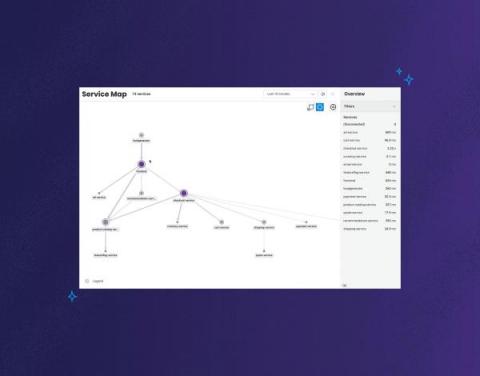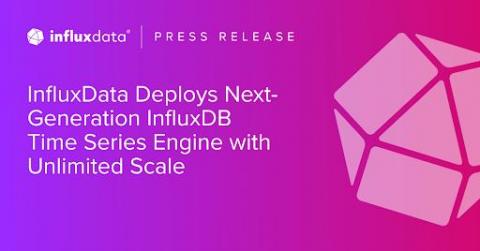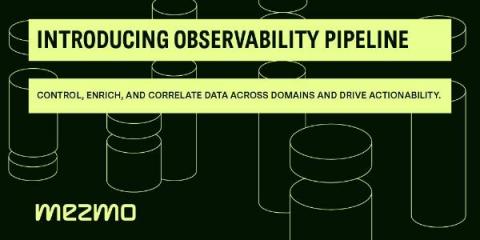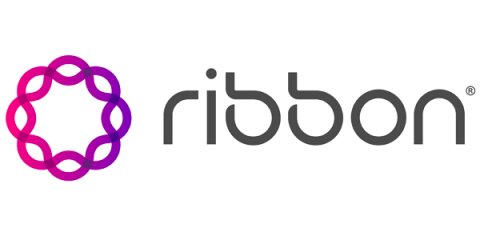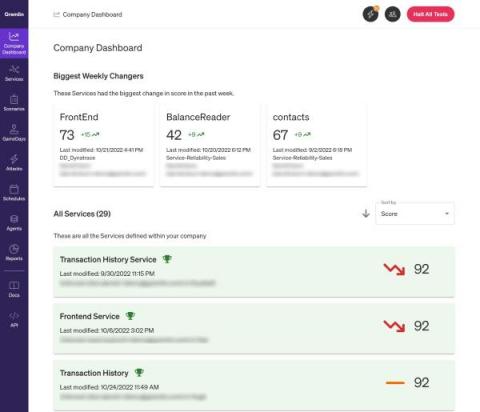Introducing Honeycomb Service Map: A Dynamic, Interactive, and Actionable View of Your Entire Environment
Today, we're announcing the launch of Honeycomb Service Map. This isn't your grandparent's version of a service map. This feature reimagines what it is that you want to know or investigate when looking at visualizations of how your services communicate with one another.


